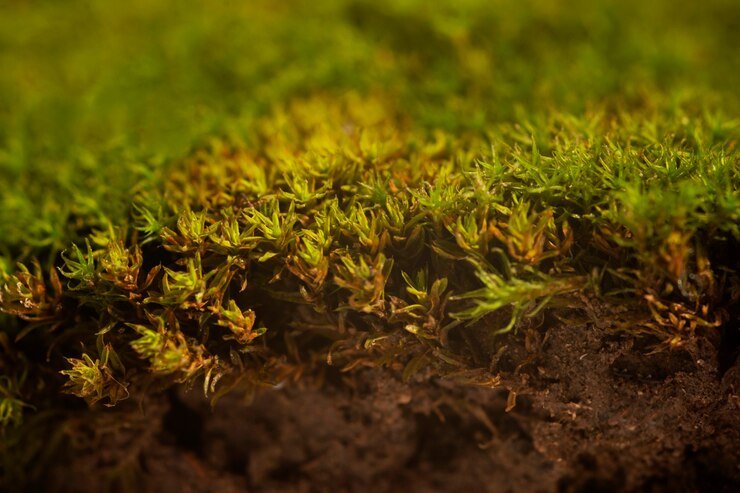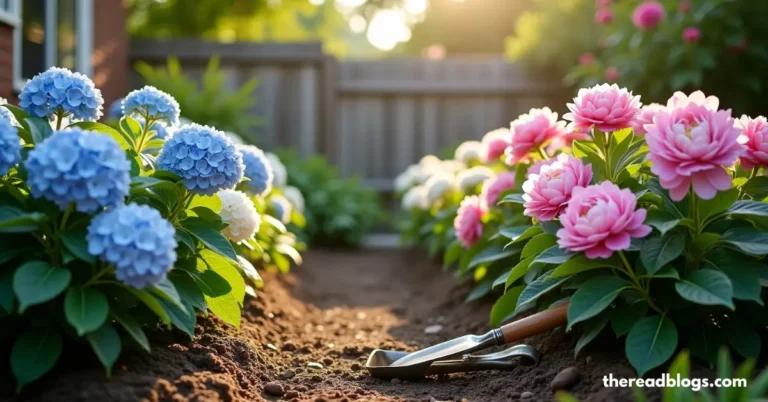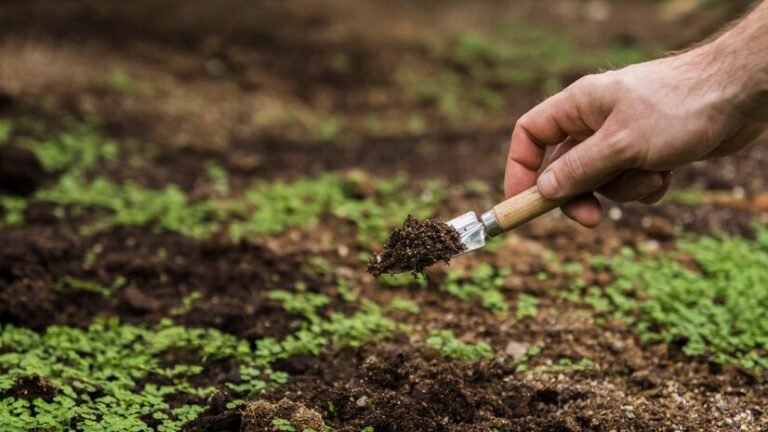How do you get the most from your crops by harvesting Basil?
A sweet Basil (Ocimum basilicum) is an annual herb widely used in Italian cuisine. However, it is not the sole variety of Basil. Some are ruffled, some are purple, and some are preferred for particular cuisines, such as Thai Basil. Among those amazing garden plants that never stop offering is this aromatic herb with tasty leaves.
How to Gather Basil?
Basil requires well-drained but moist soil, enjoys warm temperatures, and can withstand heat. Directly sow seeds once the earth has warmed up after your last frost date. When your basil friend is 6 to 8 inches tall and has at least four pairs of leaves, it’s time for its first trimming. When the plant reaches the right size, you can harvest Basil whenever needed for your recipes. Make sure the leaves are full and healthy. Stay away from any that are damaged or becoming yellow.
Remember that you can harvest any time of the year, but it’s best to do so before the lovely flowers appear. Here’s a little-known fact: when the basil plant hasn’t had any rain, its oils are at their highest concentration.
How to Harvest Basil Leaves
The herb basil grows quickly and yields many tasty leaves. Harvesting basil leaves is easiest by pinching them off at the base, where they meet the stem, if you only need a few. Harvest basil leaves first from the top of the plant, as this is where new leaves will soon appear. Harvesting the lower leaves first will likely make the plant appear slim and slender. Harvest the Basil before the blossoms appear for the tastiest leaves.
Methods for Gathering Basil Stems
Using scissors, clip the basil plant from the top down to eliminate entire stems if you want to collect more than a few leaves at a time. The stems should be cut around ¼ inch above a node, where the plant’s leaves and side branches appear. To harvest additional newly produced Basil leaves in two to three weeks, remove no more than one-third of the plant’s height at a time.
Cut off the flower buds before they open to encourage your basil plant to keep producing additional leaves throughout the summer. Rooting its basil cuttings in water is very simple to create new plants.
Basil Growing Requirements:
- Soil Specifications
Basil likes soil that drains properly. Fill your garden bed with organic material, such as well-aged dung or manure.
- Light Conditions
Give basil seedlings or seeds 6 to 8 hours in direct sunlight.
- The Need for Water
Water regularly and thoroughly. When plants are a few inches tall, scatter a thick layer of organic mulch over them to retain moisture and maintain uniform soil temperatures.
How to Avoid Issues?
Basil is only affected by a few pests, unlike other herb garden plants. Fungi that cause diseases like fusarium wilt and powdery mildew might also affect it. Selecting resistant cultivars can be beneficial, as they allow for adequate airflow between plants.
Varieties of Basil to Grow
Look for the following types of Basil:
- Genovese basil
- TBasilasil
- Cinnamon basil
- African blue Basil (shBasilbove, which grows perennially in warm areas)
- Lemon basil
- Holy Basil
How can basil grow?
Basil plants can be planted indoors or in a cold frame for four to six weeks before being moved into the garden. Wait to transplant until the earth has warmed up.
Use a grow lamp when starting basil seedlings for later transplantation into the garden to ensure adequate light and warm the soil. This will significantly increase your chances. Basil prefers a temperature range of 75 to 85°F for germination. Wait until after the last frost and when the soil temperature reaches 55 and 75°F before planting basil seeds directly in the garden. Space the seeds 12 inches apart and ¼ inches deep.
When is the Best Time to Harvest Basil?
The time to harvest basil depends on the size of your plant, whether you start it with seeds or purchase a young plant. You’ll know it’s time when the plant has unfolded at least four sets of leaves. Before you acquire the leaves, your basil plant should be 6 to 8 inches tall. You expect the Basil to be ready for production 60 to 70 days after the plant grows.
Morning is ideal for harvesting basil after the dew has evaporated from the plants. Alternatively, pluck your basil before the Basil frost kills it when the summertime cold weather returns. To keep your basil plants alive through the winter, you can transfer them inside your house and place them beside a sunny window or under a grow lamp.
Harvesting basil leaves involves several time considerations. First, when your plant is 6 to 8 inches tall, begin trimming the leaves. Furthermore, leaves should appear more frequently once the outside temperature (if that’s where your plant resides) reaches 80 degrees Fahrenheit. This is also an excellent time to begin harvesting. You can start harvesting if your plant has produced at least four sets of leaves.
Harvest early in the day for happy, plump leaves. Harvest before the plant flowers for maximum flavor. Harvesting as much as you can stimulates your plant to grow new leaves quickly. If you pick more than you need, you can dry or freeze the leaves. By doing this, you are assisting your plant in producing new leaves that remain full and lively.
Do any last harvesting before the first frost occurs when the summer ends and the temperature drops. If you can bring your potted plant indoors to a warm, sunny location, you should be able to continue harvesting Basil in fall and winter.
Advice for Basil Growing and Harvesting:
- Heat and lots of light are necessary for basil growth.
- Verify that it obtains six to eight hours of full light daily when you plant it. When putting basil exterior, wait until the daytime high is above seventy degrees and the nighttime low is above 50 degrees.
- Basil requires more watering than other herbs. Give it plenty of water, but make sure the soil drains properly.
- Apply all-purpose fertilizer to your basil plant once a month to ensure it continues flourishing after frequent harvests.
- When the weather is still cool, but the leaves are dry, harvest basil first thing in the morning.
- Remove the Basil leaBasilrom at the top of the plant. Every leaf should be removed where it joins the stem.
- When your basil plant is around 6 inches tall, pinch off the top sets of leaves to stop it from blooming.
When to Cut Basil?
Harvesting can start as soon as new basil plants are around 6 inches tall and have many sets of leaves. The primary stem will yield the first harvest. As a result, the plant will produce new branches. The following harvest will be larger since the new stems produce more leaves.
Bushy basil plants can be promoted by pruning or cutting healthy basil plants. The plant will produce new growth each time you trim it. Additionally, you will always have a fresh supply of basil leaves to use after pruning!
A mature, robust basil plant can be harvested almost at any time. As needed, harvest the basil laborious wish to utilize in recipes.
When trimming Basil?
Basil is possible right away, as new basil plants are approximately six inches tall and have many sets of leaves. The primary stem will yield the first crop, and the plant will produce new branches as a result. This harvest will be larger since the fresh stems will produce more leaves.
Bushy basil plants can be promoted by pruning or cutting healthy basil plants. The plant will produce new growth each time you trim it. Additionally, you will always have a fresh supply of basil leaves to use after pruning!
A mature, robust basil plant can be harvested almost at any time. As needed, harvest the basil laborious wish to utilize in recipes.
Conclusion
To sum up, anyone interested in herbs who wants to reap the benefits of a plentiful and tasty crop must learn how to harvest, pick, and trim Basil. It promotes new development and keeps the plant from growing lanky. By carefully selecting the softest and most fragrant leaves, your cooking will improve. The plant will prosper throughout the growing season if it receives the proper care. With a consistent supply of vibrant, fresh basil leaves, you can improve your meals and keep your yard fresh. These are simple yet effective techniques
FAQ’s
How do you pick Basil so it keeps grow?
You can harvest your basil plant in a way that promotes branching and new growth to keep it growing:
• Gather from the highest
• Since new leaves will soon cover the top of the plant, begin harvesting there. The plant may appear slim and slender if you harvest from the bottom.
• Cut or pinch above a node
• The leaf joins the stem at the base and pinches off the leaf. Another option is to trim the main stem above a node, which is the V-shaped intersection of the main stem and two short branches. New leaves will emerge from the node’s two leaves, eventually becoming main stems.
• Pruning regularly
• To stop flowers from blooming, pinch off flower buds.
Is it better to freeze Basil or dry it?
Basil is better at drying than other herbs because it maintains its original taste better when frozen. You can also freeze other herbs, such as tarragon, parsley, dill, chives, lemon balm, and mint.
How to trim a basil plant so it keeps growing?
After cutting the stems, lightly cover the Basil with a basil bag and put it in a jar with a few inches of water. Place at room temperature, out of direct sunlight, and replace the water every few days. This method can keep basil-free for up to two weeks.
Place the Basil in a Basilstic bag after loosely wrapping it in a moist paper towel.
How do you store fresh basil after picking?
Put the Basil in a Basiltainer with a few inches of water, trim the stems, and top loosely with a plastic bag. Every few days, replace the water and let it sit at room temperature. Basil can be kept in this manner for up to two weeks.
After covering it in a moist paper towel, Place the Basil in the Basilreezer in a plastic bag. It should last roughly two weeks.






